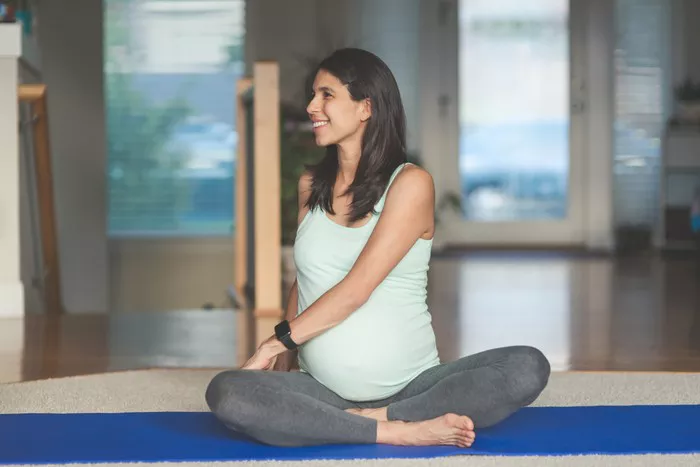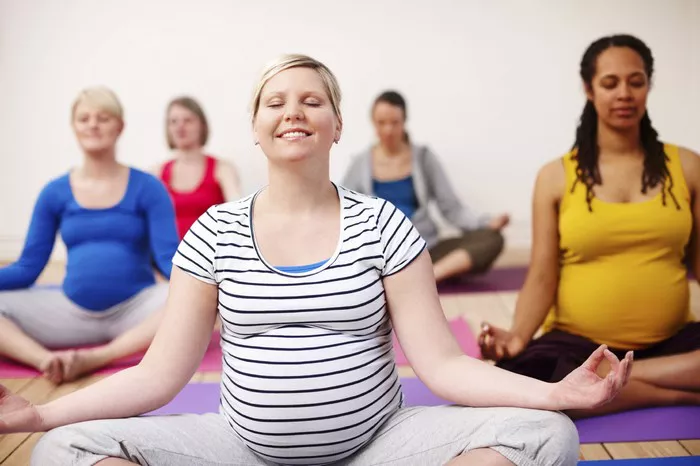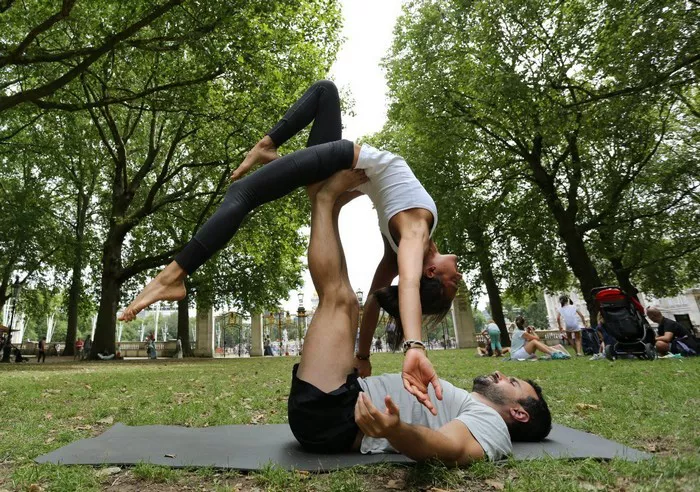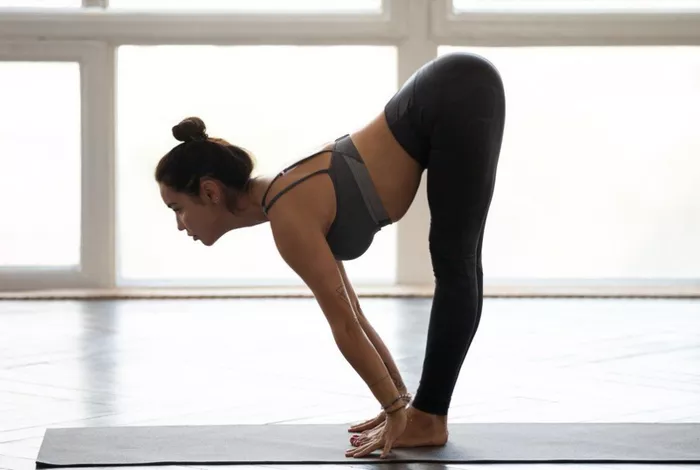Iyengar Yoga is a form of Hatha Yoga developed by B.K.S. Iyengar. Known for its emphasis on alignment, precision, and the use of props, it offers a structured approach to learning yoga. Whether you’re new to yoga or transitioning from another style, understanding the unique qualities of Iyengar Yoga will help you prepare mentally and physically for your first class.
The Core Principles of Iyengar Yoga
Iyengar Yoga is grounded in three essential principles: alignment, sequencing, and timing.
- Alignment: Each pose is performed with attention to the correct anatomical positioning of the body. This prevents injury and ensures maximum benefit.
- Sequencing: Poses are ordered logically to achieve a specific outcome, such as energizing the body or calming the mind.
- Timing: Practitioners often hold poses for longer periods, allowing deeper exploration and refinement of each posture.
These principles make the practice accessible and beneficial for students of all levels, especially beginners.
Preparing for Your First Iyengar Yoga Class
Before attending your first class, it is helpful to know what to expect in lyengar yoga class, attire, and etiquette.
- Wear comfortable, form-fitting clothes that allow instructors to see your alignment.
- Arrive early to introduce yourself to the teacher and discuss any physical limitations or health issues.
- Bring a water bottle, towel, and yoga mat if you have one, though most studios provide mats and props.
- Avoid heavy meals at least two hours before the class to ensure comfort during poses.
Preparing properly helps reduce anxiety and sets a positive tone for your yoga experience.
The Studio Environment and Props
Iyengar Yoga studios are typically equipped with a wide variety of props. These may include:
- Yoga mats
- Wooden or foam blocks
- Straps
- Bolsters
- Blankets
- Ropes and wall supports
These tools are not just accessories but essential components of the practice. Props help students of all abilities to perform poses correctly and safely. You may find yourself using several props in a single session, especially as a beginner.
Class Structure and Sequence
An Iyengar Yoga class usually follows a structured format. Here’s what you can typically expect:
- Opening and Centering: The class often begins with a few minutes of silence or a chant to help focus the mind.
- Warm-up Poses: Gentle stretches prepare the body for more intensive postures.
- Standing and Seated Poses: Expect to work on foundational asanas that emphasize balance and alignment.
- Inversions and Backbends: More advanced poses may be included, often with props to support beginners.
- Cool-down and Savasana: The class ends with relaxation poses to integrate the physical and mental benefits of the session.
Classes are generally 60 to 90 minutes long, allowing enough time to explore each phase thoroughly.
Common Poses for Beginners
While the poses taught may vary depending on the instructor, some common beginner-friendly asanas include:
- Tadasana (Mountain Pose): Teaches grounding and alignment.
- Adho Mukha Svanasana (Downward-Facing Dog): Builds strength and flexibility.
- Trikonasana (Triangle Pose): Enhances balance and opens the hips.
- Virabhadrasana I & II (Warrior Poses): Strengthens the legs and improves posture.
- Setu Bandha Sarvangasana (Bridge Pose): Opens the chest and stretches the spine.
Each pose is broken down into its components, often with the use of props to assist beginners.
The Role of the Instructor
In Iyengar Yoga, the instructor plays a crucial role in guiding your practice. Unlike in some other yoga styles, teachers in an Iyengar class are highly attentive and may offer detailed verbal instructions, physical adjustments, or demonstrations. They are trained to observe even minor misalignments and provide individualized corrections.
Expect to receive feedback throughout the class. While this level of attention might seem intense initially, it ensures safety and accelerates learning. The goal is to help you achieve a deep understanding of each pose rather than rushing through a sequence.
Use of Props: Benefits and Purpose
Props are a hallmark of Iyengar Yoga and serve multiple purposes. They help:
- Maintain alignment
- Extend the duration of a pose
- Reduce strain and risk of injury
- Make poses accessible to individuals with limitations
For example, a block can bring the floor closer in standing forward bends, while a bolster might support the spine in restorative poses. Rather than being a sign of weakness, using props is viewed as a smart and inclusive way to adapt the practice to your needs.
Modifications and Adaptations
One of the strengths of Iyengar Yoga is its adaptability. Instructors are trained to offer modifications for various physical conditions, including:
- Back pain
- Joint issues
- Pregnancy
- Post-surgical recovery
By using props and adjusting the pose setup, practitioners can experience the benefits of yoga without aggravating existing conditions. Always communicate openly with your instructor about any discomfort or medical concerns.
The Mental and Emotional Aspects
Though Iyengar Yoga is known for its physical rigor, it also offers profound mental and emotional benefits. The focus on alignment and sustained attention cultivates mindfulness and presence. Holding poses for longer durations allows you to observe your thoughts and sensations deeply.
Many practitioners report reduced stress, increased emotional resilience, and improved concentration as outcomes of regular practice. Over time, the discipline and introspection developed in class can extend to other areas of life.
Progression and Growth in Practice
As you continue with Iyengar Yoga, your practice will evolve in both complexity and depth. Initially, you may focus on mastering basic poses and understanding your body’s capabilities. With regular attendance and instructor guidance, you’ll gradually be introduced to more challenging asanas and subtle refinements.
It’s not uncommon for students to take years to master certain postures, but this slow and steady approach fosters sustainable growth. The emphasis on quality over quantity ensures that each advancement is built on a solid foundation.
Etiquette and Community
Participating in an Iyengar Yoga class also means joining a community of practitioners. Proper etiquette enhances the collective experience:
- Arrive on time and avoid leaving early.
- Turn off your phone to maintain a quiet environment.
- Respect others’ space and the props provided.
- Clean up after yourself and return props neatly.
Building respectful habits contributes to a welcoming and focused practice environment. Over time, you may find support and inspiration from fellow students and your teacher.
Final Thoughts
Iyengar Yoga offers a rich and detailed approach to physical and mental well-being. With its structured methodology, attentive instruction, and inclusive use of props, it provides an excellent entry point for beginners. Knowing what to expect can help you step into your first class with clarity and enthusiasm.
Whether you’re looking to improve flexibility, reduce stress, or simply explore a new form of exercise, Iyengar Yoga has something valuable to offer. With patience and dedication, your practice can become a meaningful and transformative part of your life.
FAQs
Here are answers to some common questions beginners often have:
- Is Iyengar Yoga suitable for older adults? Yes, it is especially beneficial due to its use of props and individualized attention.
- Do I need to be flexible to start? No, flexibility develops over time with consistent practice.
- How often should I attend class? Starting with 1-2 times per week is ideal; consistency is more important than frequency.
- Will I lose weight with Iyengar Yoga? While not focused on weight loss, improved muscle tone and metabolism may support weight management.
Having these questions answered can provide reassurance and help you approach your practice with confidence.
Related Topics:


















